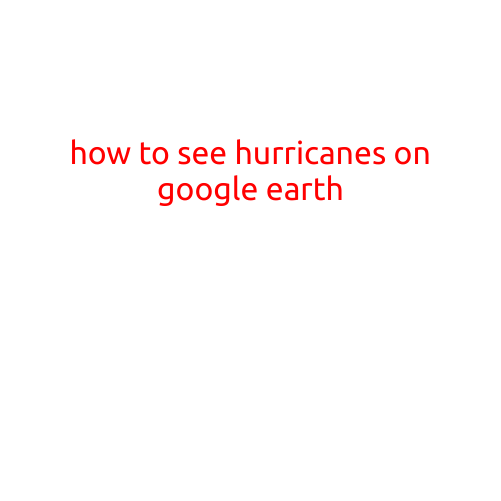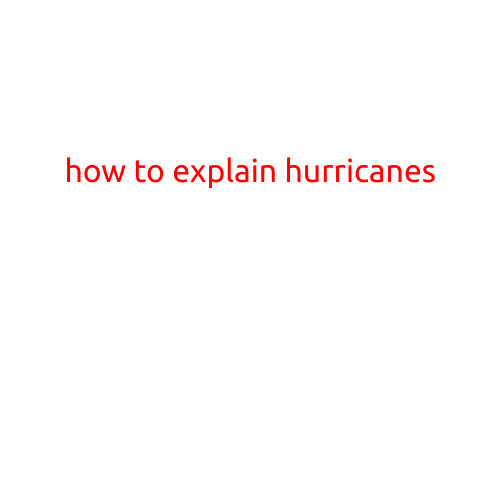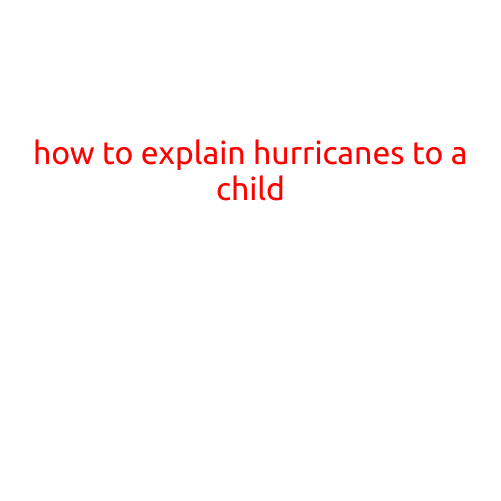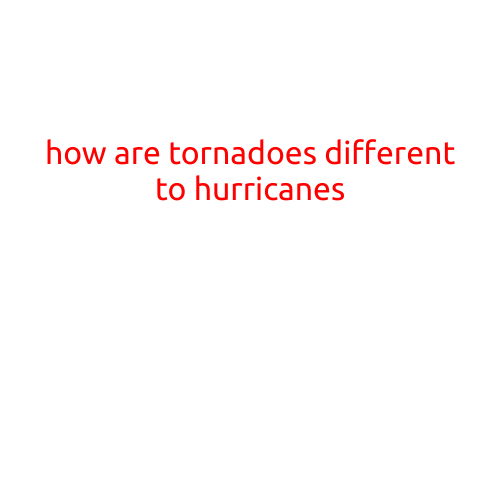
How Do Hurricanes Affect the Environment?
Hurricanes are powerful storms that can bring devastation to coastal communities and ecosystems. While the immediate impact of a hurricane is often focused on human populations, the environment also suffers significant damage. In this article, we’ll explore the various ways in which hurricanes affect the environment.
Erosion and Sedimentation
Hurricanes can cause massive erosion of coastlines, beaches, and barrier islands. Strong winds and storm surges can strip away vegetation, expose underground pipes and cables, and create new channels through sediment. This erosion can lead to the loss of habitats for marine life, and sedimentation can fill waterways, affecting water quality and marine ecosystems.
Wetland Damage
Wetlands, such as mangroves and salt marshes, are critical ecosystems that provide crucial habitat for many species. Hurricanes can destroy these areas, causing the loss of biodiversity, and disrupting the delicate balance of these ecosystems.
Water Pollution
Hurricanes can contaminate waterways through stormwater runoff, oil spills, and sewage overflows. Chemical pollutants, agricultural runoff, and sewage can flood coastal areas, harming marine life and humans who drink the affected water.
Changes to Ecosystems
Hurricanes can alter ecosystem dynamics, leading to changes in population sizes and distributions of species. For example, hurricanes can create new breeding grounds for mosquitoes, allowing disease-carrying insects to thrive.
Sea Level Rise
Hurricanes can contribute to sea level rise by generating massive volumes of ocean water, which can then melt or mix with freshwater as it flows into the ocean. This increased freshwater can alter ocean chemistry and affect marine ecosystems.
Wildlife Disruption
Hurricanes can disrupt the delicate balance of wildlife habitats, causing changes in migration patterns, food sources, and breeding habits. Many species, such as sea turtles and birds, rely on precise environmental conditions to survive and reproduce. Hurricanes can disrupt these conditions, leading to population declines and even extinctions.
Long-Term Consequences
The effects of hurricanes on the environment can be long-lasting, with some impacts taking years or even decades to recover from. For example, the catastrophic damage to coral reefs can lead to reduced biodiversity, lowered fish populations, and decreased fishery yields.
Mitigating the Environmental Impact
There are steps that can be taken to reduce the environmental impact of hurricanes:
- Conduct regular storm surge modeling and simulations to better understand the potential risks and develop evacuation plans.
- Implement coastal zone management to reduce the vulnerability of coastal ecosystems and infrastructure.
- Invest in wetland restoration and conservation to protect these critical ecosystems and provide natural buffers against storms.
- Promote sustainable land-use practices to reduce the susceptibility of coastal areas to extreme weather events.
- Support climate change mitigation efforts to reduce the frequency and intensity of hurricanes.
Conclusion
Hurricanes have a profound impact on the environment, causing devastating damage to ecosystems and habitats. As we continue to build resilience against these powerful storms, it is essential that we prioritize environmental conservation and sustainability. By understanding how hurricanes affect the environment, we can work to minimize the damage and ensure a healthier, more resilient planet for future generations.





